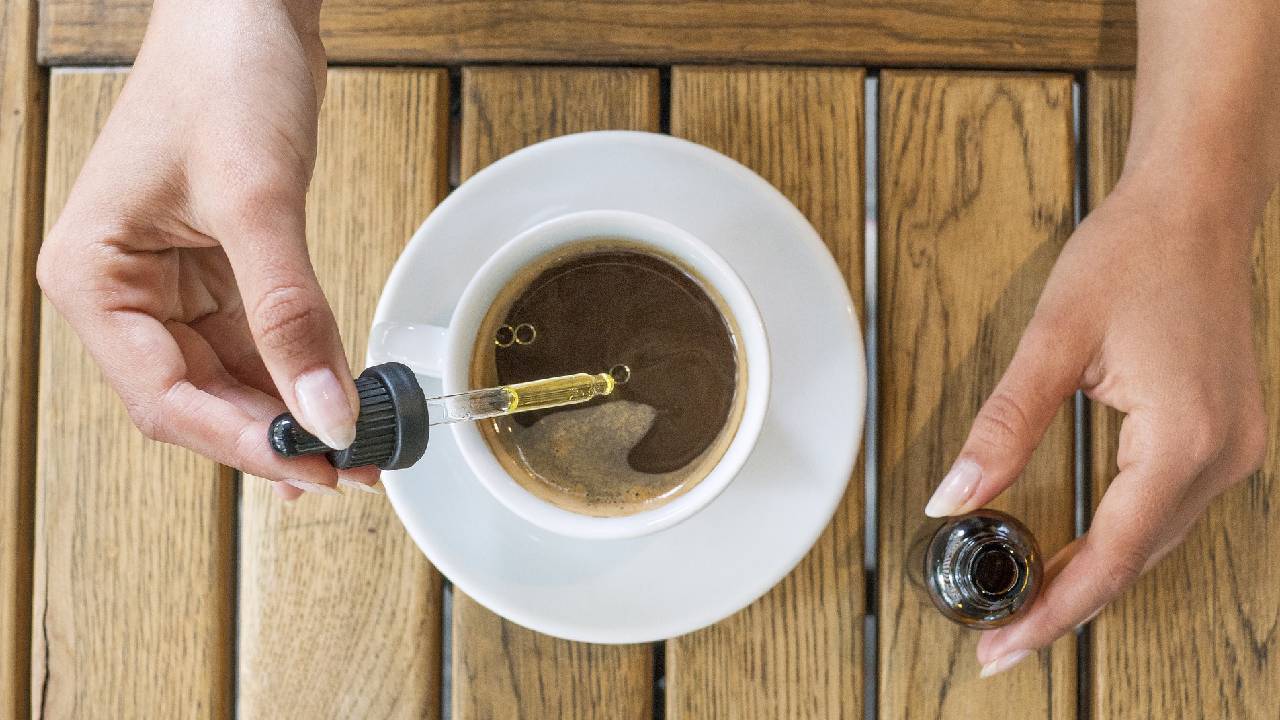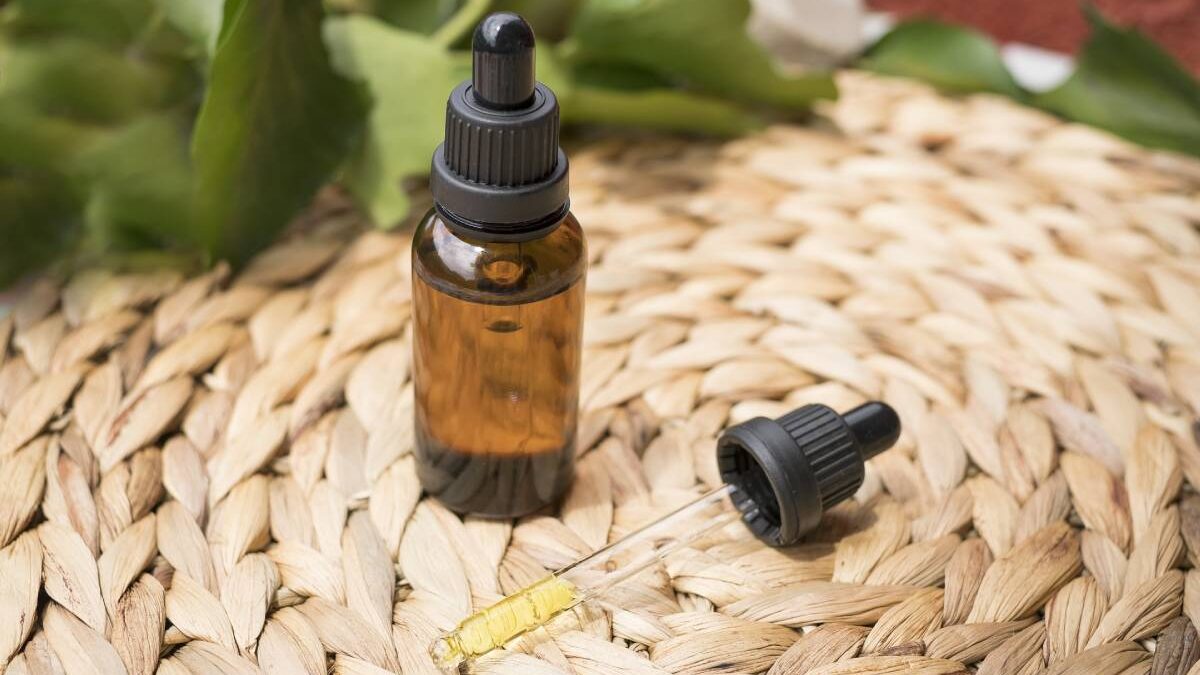CBD has experienced an impressive rise in popularity in recent years, and with good reason. Research shows that it may be effective not just in treating a wide variety of potentially serious health conditions, but also as a general wellness supplement.
There are many methods for ingesting CBD. One of the most maligned of them is smoking it. Read on to find out the truth about smokable CBD and get answers to consumers’ most frequently asked questions.

Table of Contents
What Is Smokable CBD?
Smokable CBD is a pure, unadulterated hemp flower. Unlike smoking marijuana, another form of cannabis, smoking hemp flower provides only therapeutic effects. The flowers may look a little like marijuana, but they don’t contain any significant amount of THC. Since THC is the cannabinoid responsible for producing marijuana’s psychoactive effects, that means hemp flowers don’t get people “high.”
What Are the Benefits of Smoking CBD?
Unlike oral ingestion, smoking CBD introduces cannabidiol and other beneficial plant compounds into consumers’ systems almost immediately. This immediate effectiveness makes smokable hemp one of the best products around for dealing with acute problems like anxiety, pain, and insomnia since there’s no need to wait for up to an hour for symptom relief.
What Are the Risks of Smoking CBD?
Smoking any kind of herb or other substance comes with inherent health risks. Inhaling smoke is bad for the lungs, and if consumers smoke enough hemp flower, they could increase their risk of developing potentially serious or even fatal lung diseases like cancer and COPD.
That being said, the risks associated with smoking CBD are not comparable to those incurred by smoking tobacco to give just one example. The reasoning is simple. While tobacco smokers often go through a pack of cigarettes or more every day, those who use smokable CBD only need to inhale a small amount of hemp flower to achieve maximum effects.
What Is the Best Method for Smoking CBD?
CBD-rich hemp flowers can be smoked using all the same methods as marijuana. These products can be rolled into hemp cigarettes, put in a pipe or a bong, or used in a vaporizer. Those who want to get all the benefits of smoking CBD without risking lung damage may want to look into portable or tabletop vaporizers, as this method of ingestion doesn’t come with the same level of risk.
What Does Smoking CBD Feel Like?
Everyone is different, so don’t expect smoking CBD to always produce the same effects. Most people do report feelings of overall calm and relaxation after smoking, and studies have shown that cannabidiol can have an anxiety-reducing effect. Those suffering from neurological or chronic pain conditions also report almost immediate symptom relief.
In terms of taste, smoking CBD flowers is a lot like smoking traditional marijuana. That’s because hemp flowers contain many of the same terpenes, the compounds responsible for giving each strain of marijuana its unique flavor and aroma.
What Are Terpenes?
Terpenes are phytochemicals found in most plants. Most consumers associate them with cannabis only because they’re found in higher concentrations in both hemp and marijuana. These aromatic compounds confer characteristic scents on not just cannabis, but also other pungent plants such as pine, lavender, and orange.
Little is known about terpenes in comparison to the growing body of scientific evidence regarding cannabinoids. However, there is some evidence that they may also have health benefits. That’s why it’s a good idea for consumers who want to purchase CBD products to either buy smokable flowers or find full-spectrum products that contain the plant’s entire range of beneficial compounds.
Are There Side Effects to Smoking CBD?
Smoking CBD doesn’t have any severe side effects when taken as intended, but it can produce mild ones when ingested in large quantities. The most common side effects associated with smoking too much hemp flower include nausea, drowsiness, and diarrhea.
The best way to avoid unpleasant side effects is to start out by using only small amounts of CBD. This is actually easier when smoking hemp flowers than it is when eating gummies or using oils and tinctures. Smokers can take things at their own pace, one puff at a time. They’ll notice the effects almost immediately, so it’s more difficult to overdo it.
Is Smoking CBD Legal?
CBD has been legal since the FDA passed the Farm Bill in 2018, but there are some stipulations. Legal CBD products available to the general public must contain no more than 0.3% THC. That’s one reason farmers grow hemp plants instead of marijuana. Hemp naturally has much lower concentrations of this psychoactive compound.
Will CBD Make Consumers Fail Drug Tests?
Part of the reason some cannabis users switch to CBD is that they don’t want to risk their jobs over smoking marijuana. Since drug tests look for THC and its byproducts, not CBD, most workers who enjoy smoking socially have nothing to worry about. There is a minute amount of THC in just about all hemp flowers, but it is extremely unlikely to cause a failed drug test.
Those who are subjected to frequent, extremely sensitive drug tests may want to request lab reports or certificates of analysis to get a better understanding of THC content in the CBD they’re using. They can also switch from smoking CBD to using broad-spectrum products or CBD Tablets. These two categories of CBD products contain no THC whatsoever, and reputable manufacturers will be happy to supply certificates of analysis that prove this to be the case.
Where Is Smokable CBD Available?
Depending on where consumers live, smokable CBD can be harder to find than CBD oils, tinctures, and gummies. Some smoke shops sell it, as do some herbal medicine suppliers. By far, the easiest way to find high-quality, smokable CBD is to purchase it online.
The Take-Away
There are a lot of myths and misconceptions surrounding CBD; which is a shame given how beneficial this natural plant compound truly is. Consumers shouldn’t fall prey to misinformation. Those who have never tried CBD themselves should now have the knowledge they need to make more informed decisions.

